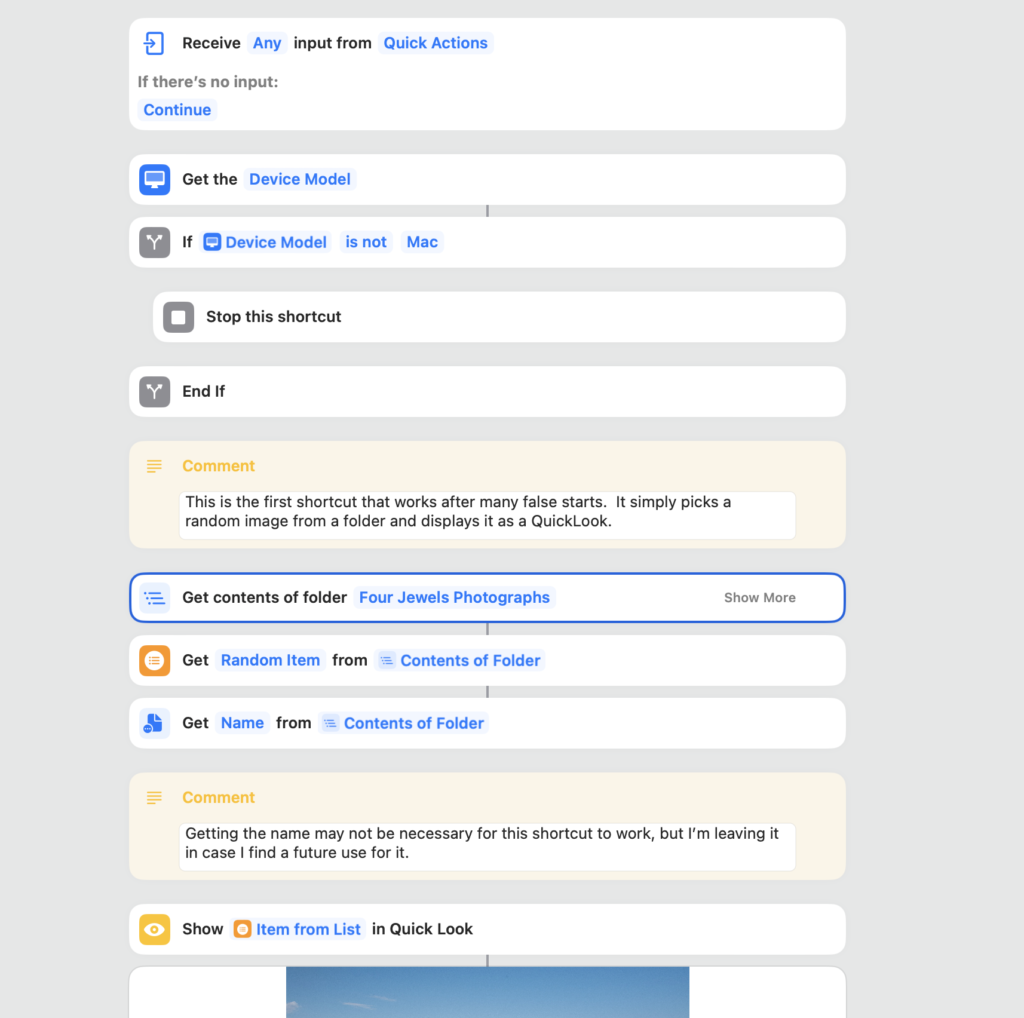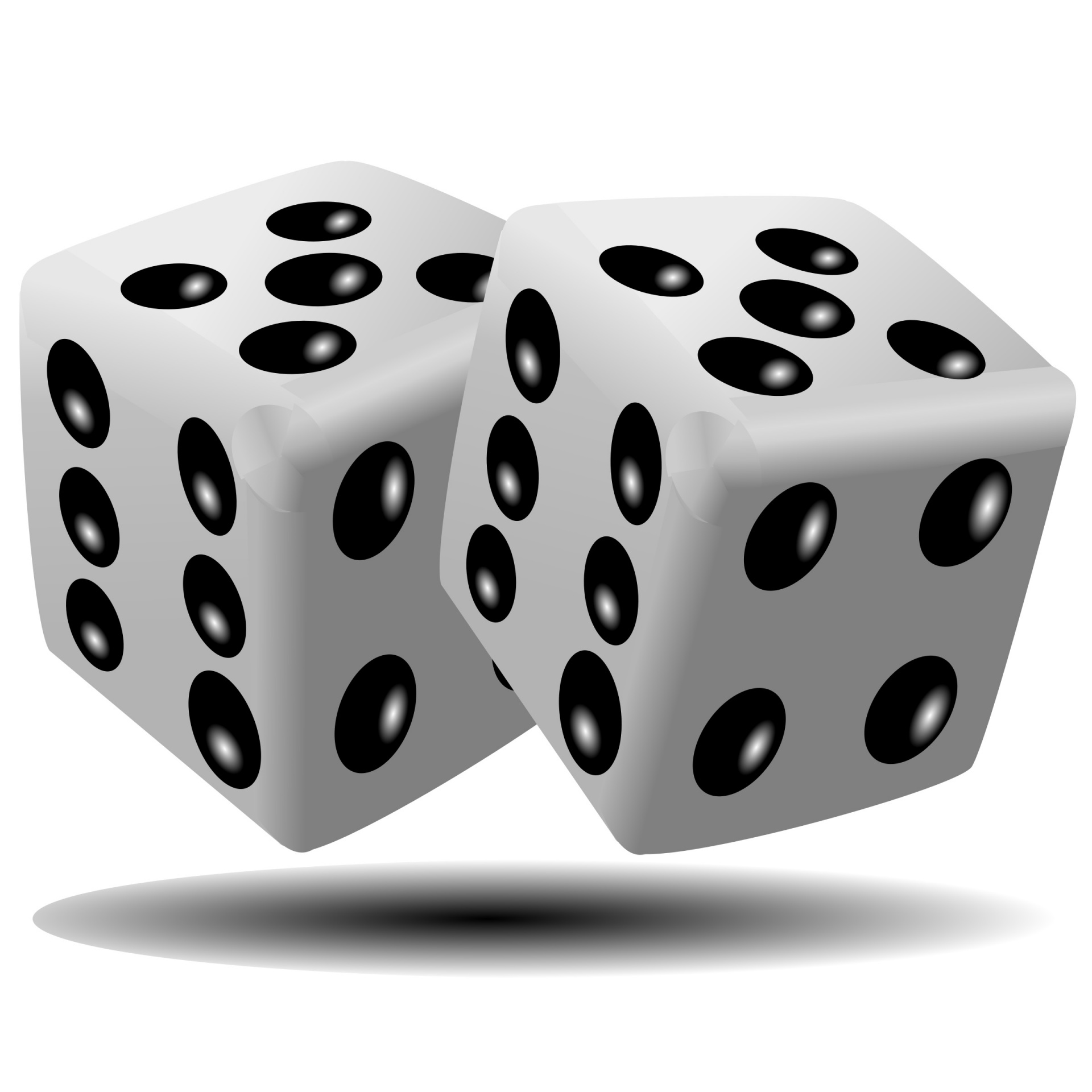As evidenced by this ongoing blog, I enjoy writing. I have never approached this effort with an audience in mind, and most of my articles are mostly journaling personal opinions and experiences. That said, my current motivation to write more frequently comes from two separate perspectives. The first is my as-yet unannounced retirement, which I hope to make official a little over a month from now. The second is from reading a book that is both informative but frustrating at the same time. It’s this book that forms the subject of this post.
Here’s the back story: I try to take a 30-40 minute walk every day. As I’m heading out the door, I engage the “Outdoor Walk” workout on my Apple Watch. I then open the Pacer app on my iPhone, which I use for its audible messages for time and distance. I wondered to myself if I couldn’t automate that process, which led me to Shortcuts.
Shortcuts is an app that Apple produced and introduced on iOS (iPhone/iPad) and recently added to the Mac. When it debuted, I took little notice of it, but I quickly realized that AppleScript and Automator (two other, older Apple technologies) were not available outside the Mac, so my attention turned to Shortcuts.
Another back story: As a programmer most of my adult life and throughout my career, I’ve constantly looked for ways to simplify my computing experience, and have developed a number of scripts and processes using the command line, HyperCard, AppleScript and Automator. Each has required a learning curve, and Apple has followed the trend of making programming languages and their syntax complicated and intimidating. Which I find ironic, as the Mac was originally promoted as the computer for “the rest of us.” Hmm.
To add insult to injury, Apple keeps breaking AppleScript with updates to macOS, and now I hear that Automator is likely going to be replaced by Shortcuts.
So, maybe it’s time for me to learn Shortcuts.
Shortcuts began life as a product called “Workflow,” which garnered an Apple Design Award in 2015, and was fully acquired by Apple in 2017. It has since grown added features and in 2021 its availability for macOS was announced. It now supports the entire Apple “ecosphere,” Mac, iPad, iPhone, Watch.
Even though Shortcuts attempts to be helpful and usable “out of the box,” most of the pre-built “workflows” (or “macros”) available in the product’s “gallery” do not fit my day to day needs. Time to roll up my sleeves and create my own.
Which is where the dark side of technology is introduced. In its inimitable way, Apple has tried to make Shortcuts usable without writing any code. But by so doing, one must learn the “Shortcuts way” of doing things. Sadly, there aren’t tutorials, and the built-in help is pretty much the only source for information. That is, until I came across the book, Take Control of Shortcuts, 2nd Edition by Rosemary Orchard (the delightful irony of both Apple and Orchard being associated is not overlooked!). I purchased it (Kindle version, the only format available) in large part because it even addresses changes and additions to the current version of macOS, “Ventura” (version 13), which I am running on my modern Macs.
Reading the reviews on Amazon, I was prepared for a less-than-ideal reading and learning experience, so I wasn’t surprised that the author, while knowledgeable about the subject, chose to attempt to address the differences between platforms every time one occurred. And there are many! I found this distracting and hard to follow. There’s a lot of good information presented in the book, but I find myself losing track as Orchard follows breadcrumbs here and there.
Which brings me back to the topic of this post: Should I Write A Book? I have given this some (but not a lot) of thought. If I were going to write a book about Shortcuts, how would I structure it? Since I am exposed to a lot of technical documentation through the course of my work, my thinking is that I would probably write it according to this rough outline:
- Introduction. What is Shortcuts? Where did it come from? Who can use it, and where to find it.
- Definition of terms. It helps to have a clear understanding of terms like “events,” “actions,” “variables,” “triggers” and so on.
- Core capabilities. Items and processes that are available on all platforms.
- Mac differences
- iPhone/iPad differences
- Apple Watch differences
It always helps to have examples and even do-it-yourself templates. Screenshots and clear step-by-step instructions in abundance would go a long way to adding value to the book.
Almost in spite of Orchard’s book, I have been able to create two Shortcuts “macros.” The first addresses the original desire to automate my workout routine. Because it is started on my Watch and transfers control to my iPhone, it doesn’t always work. I’m still looking into that. The second, which I even added comments inside, I have running as a “service” on my Mac that just uses the Mac’s “Quick Look” capability to display a random photo from a folder I use for desktop pictures. It doesn’t serve any real useful purpose, but it’s kind of fun during a quick break to pop up and display a photo I may not have seen in a while. Here’s a screenshot of the Shortcut “code.”

Remember that “learning curve” I mentioned earlier? Well, I had to find out what a “Quick Action” is (in essence, it’s like a service one can call from the Services menu on.a Mac) and then I had to learn that I needed to “continue” if there was no input. And, since I’m using folders on my Mac that don’t exist on my phone or iPad, I had to terminate the shortcut if I was trying to run it on one of them, otherwise I’d get an error.
I may never write this book. But when I finally retire, I should have the time to learn and explore the Shortcuts app on multiple platforms, and maybe put my knowledge into words.




